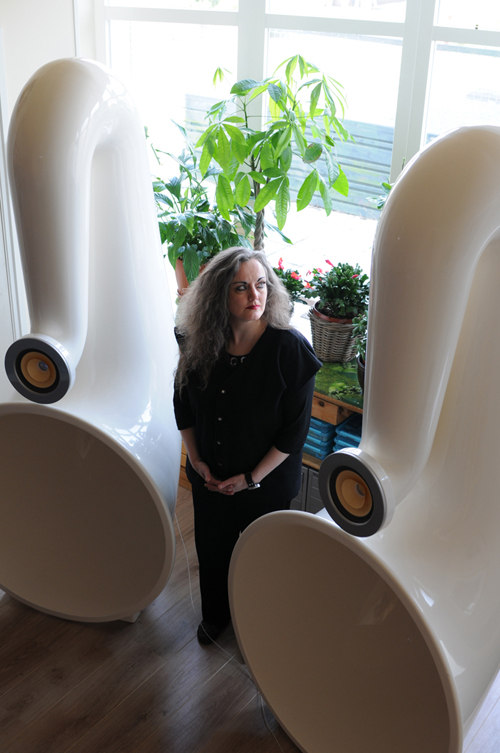Reason I was surprised is because I thought a horn design was a tool for extending bass response from a driver - a way of getting more out of it, and expected the big drivers used in older speakers to naturally have better extension because they are bigger coupled with the horn.
I assumed then in a 2 way design it would have to used differently to cover the mids.
Goes to show I little I know about these speakers - its interesting thanks
I assumed then in a 2 way design it would have to used differently to cover the mids.
Goes to show I little I know about these speakers - its interesting thanks


